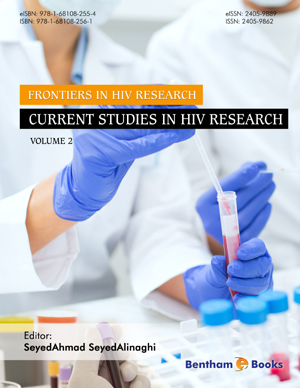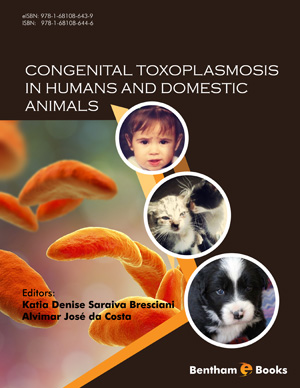Abstract
The primary function of antimicrobial molecules is the interaction with pathogens to clear infections. In this chapter, we discuss the role that antimicrobial peptides (AMPs), nitric oxide (NO), and reactive oxygen species (ROS) play in the elimination of intracellular bacteria and their induction by immunomodulators like vitamin D, focusing on the mycobacterial infection. AMPs are the major mechanisms to directly eliminate intracellular bacteria such as Mycobacterium tuberculosis or Salmonella sp. Cathelicidins (LL-37) and β-defensins (HBD-2) are the most studied AMPs, due to their relevance in the immunopathogenesis of several infectious diseases. Additionally, the production of ROS also kills intracellular bacteria directly, especially within the phagosome; patients with ROS deficiencies are susceptible to tuberculous mycobacterial infections. However, excessive production of ROS might induce cell death by apoptosis. The active form of vitamin D (1α,25(OH)2D3) is a key inducer of antimicrobial mechanisms. Vitamin D is involved in redox homeostasis, regulating the effect of ROS and NO to protect the cell integrity; and as an activator of anti-infective pathways for pathogen elimination through induction of AMPs and autophagy. The ability of induction of antimicrobial mechanisms confers these molecules a potential use as adjunct therapies in several infections.
Keywords: Antimicrobial peptides (AMPs), Autophagy, β-defensins, Cathelicidin, Hepcidin, IFN-γ, LL-37, M. tuberculosis, NADPH oxidase, Nitric oxide (NO), Reactive oxygen species (ROS), Vitamin D, Vitamin D receptor (VDR).






















